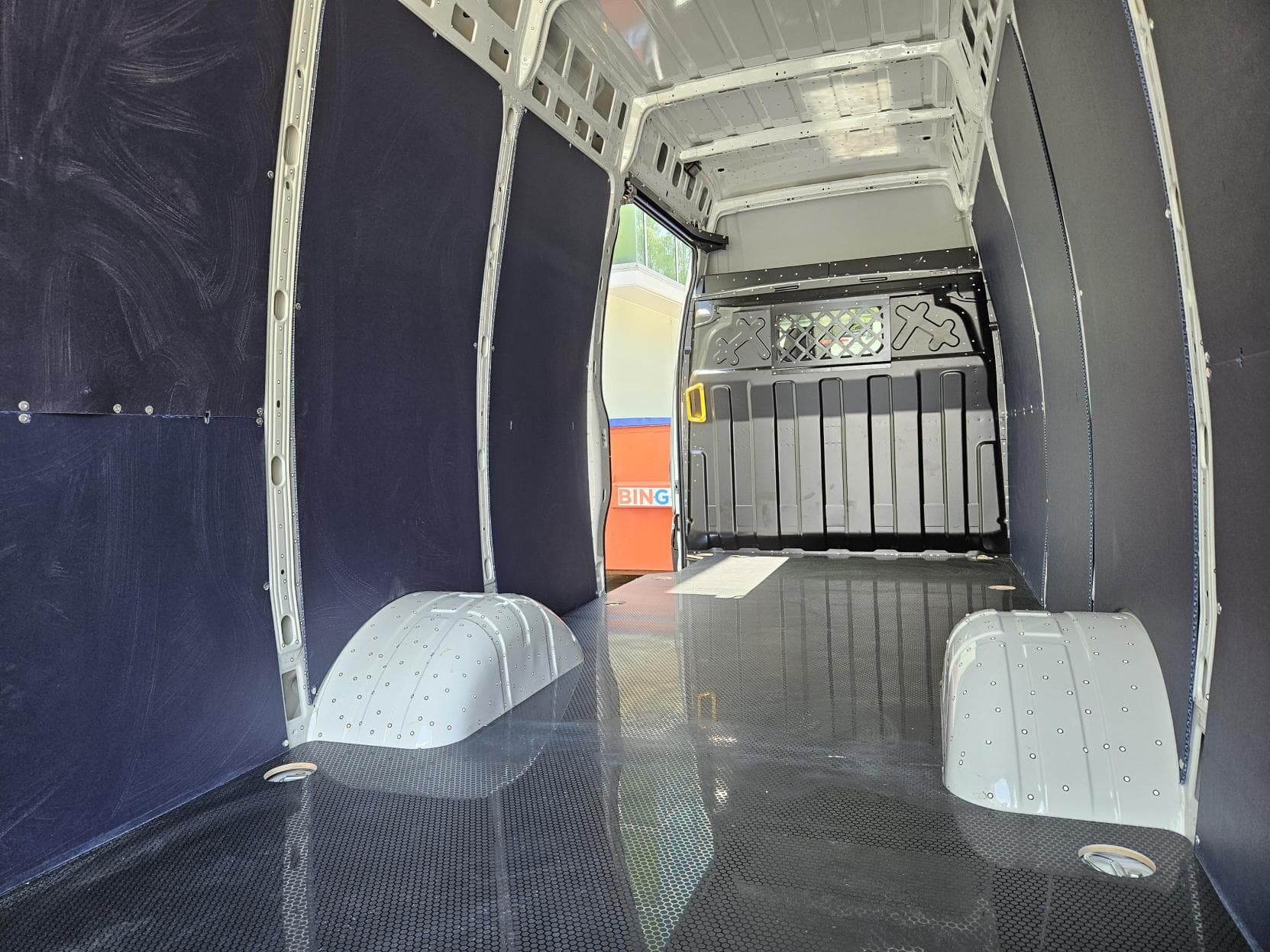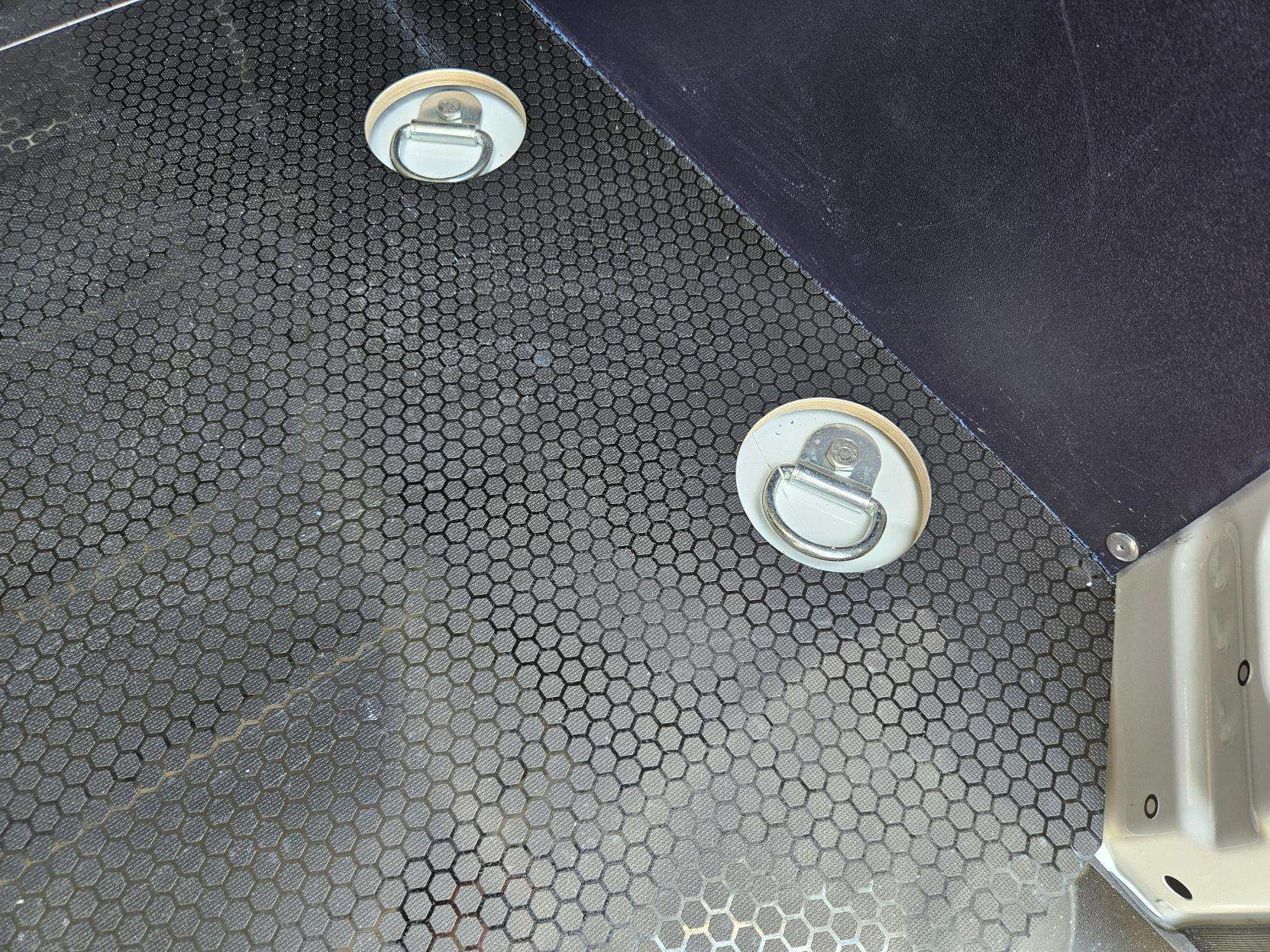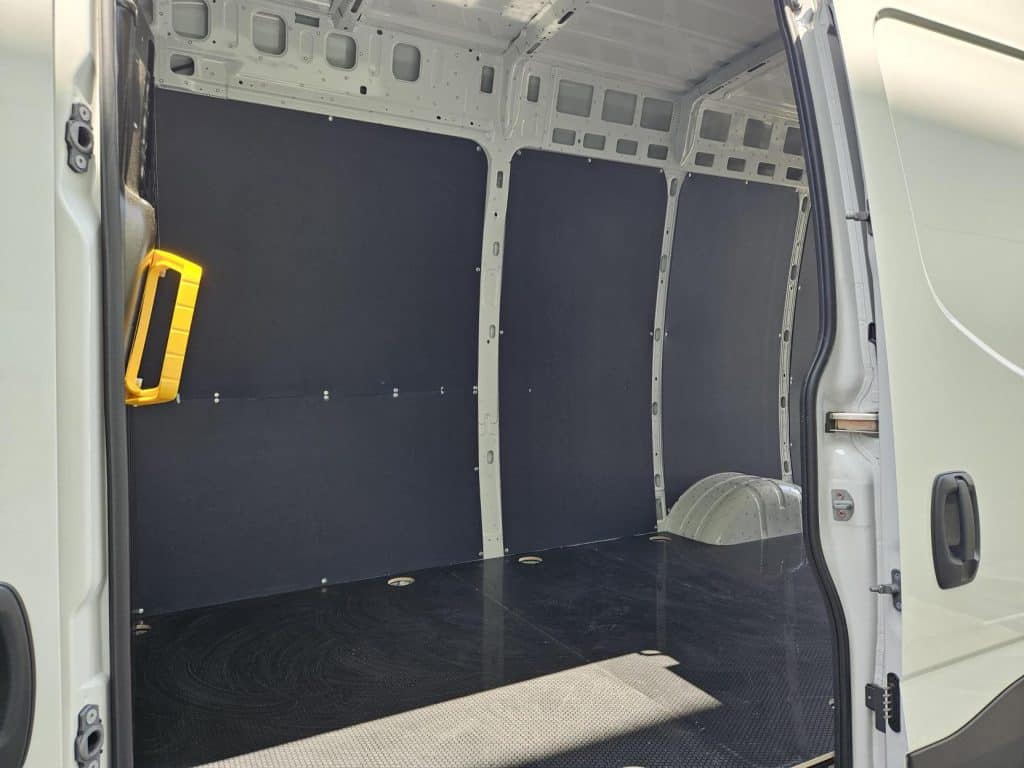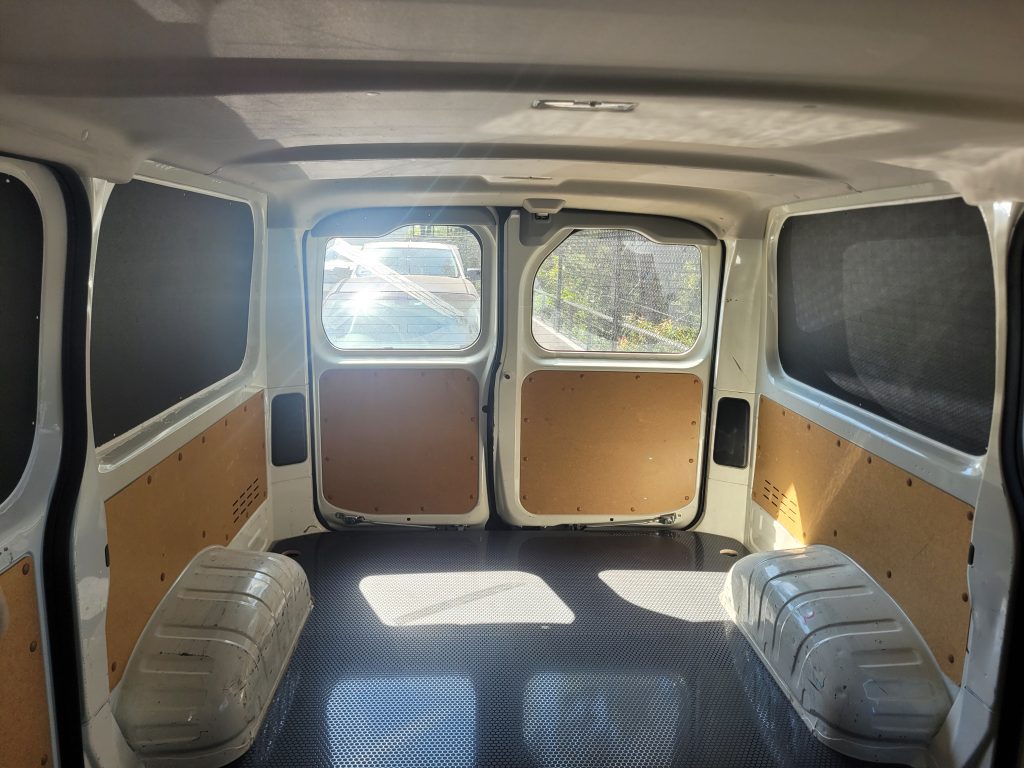Van Lining’s role in maintaining clean and safe cargo spaces is a top priority for businesses that rely on commercial vans. Whether transporting food, pharmaceuticals, or industrial equipment, the cleanliness and safety of a van’s interior can have a significant impact on both operational efficiency and customer satisfaction. Van lining plays a crucial role in ensuring that these cargo spaces remain clean, organized, and secure, especially during transit. Without the proper lining, vans are more susceptible to dirt accumulation, damage, and unsafe conditions. Investing in quality van lining is an essential step toward maintaining an optimal environment for cargo transport.
One of the primary benefits of van lining is its ability to prevent dirt, debris, and moisture from damaging the interior. Commercial vehicles often face tough conditions, from muddy construction sites to busy urban environments. With the constant loading and unloading of cargo, it’s easy for dust, spills, and grime to accumulate. Van lining provides a protective barrier, keeping the interior surfaces easy to clean and resistant to dirt buildup. For businesses like food delivery services, where hygiene is critical, van lining ensures that the cargo space remains clean and compliant with health regulations. Polypropylene plastic panels, for instance, are highly resistant to moisture and dirt, making them ideal for industries that need to prioritize sanitation.
In addition to cleanliness, van lining also contributes to creating a safer working environment. Many commercial vehicles carry a wide variety of goods, some of which may shift or move during transit. Without the right lining, cargo can slide around, leading to potential damage or even accidents. Non-slip flooring is an excellent solution to this issue, helping keep cargo in place while also providing better traction for workers loading and unloading the vehicle. This is particularly important for industries that transport heavy equipment or fragile goods, as a secure cargo space reduces the risk of damage and improves overall safety. By installing van lining designed for durability and grip, businesses can minimize risks associated with moving cargo.
The role of van lining extends beyond just keeping cargo spaces clean; it also ensures that they remain organized. When vans are used for multiple deliveries or different types of cargo, having a well-maintained and orderly space becomes crucial. Lined walls and floors protect against scratches and dents, which can lead to disorganization over time. Businesses that transport multiple types of goods, such as couriers or rental services, can greatly benefit from van lining that helps keep the vehicle in good shape and ready for each new job. The lining also provides additional attachment points for cargo straps, which help secure items and prevent them from moving.
Temperature control is another key area where van lining plays a role in maintaining a clean and safe environment. For businesses that transport temperature-sensitive goods, such as groceries or medical supplies, insulation is critical. Proper van lining materials can enhance insulation, helping maintain a consistent internal temperature. This not only protects the cargo but also ensures that it arrives in optimal condition. By keeping the temperature stable, van lining also reduces the risk of bacterial growth, particularly in the case of food or other perishable items. This makes van lining a valuable asset for businesses operating in industries with strict cleanliness and safety standards.
Furthermore, using high-quality materials like marine-grade plywood or polypropylene plastic can add to the van’s durability, ensuring that it remains easy to clean and maintain over the long term. Marine-grade plywood, for example, is resistant to moisture and wear, making it a suitable choice for van flooring in heavy-duty use. It withstands regular cleaning and can handle harsh environments, ensuring that the van’s interior stays intact. Similarly, polypropylene plastic panels are non-porous and resistant to most chemicals, allowing for efficient cleaning and reducing the risk of contamination in the cargo space. For businesses transporting sensitive goods, these materials offer peace of mind, knowing that their vehicles can meet strict hygiene requirements.
The long-term benefits of van lining are also evident in terms of cost savings. By protecting the van’s interior from damage, businesses can avoid frequent repairs and replacements. A clean, well-maintained cargo space not only enhances the vehicle’s resale value but also reduces downtime due to cleaning and maintenance. This is particularly important for companies with large fleets, where the cost of regular repairs can add up. By investing in durable van lining, businesses can keep their vehicles on the road longer, increasing operational efficiency and reducing overall costs.
In conclusion, van lining plays a pivotal role in maintaining clean and safe cargo spaces. It provides protection against dirt, debris, and moisture, while also ensuring the safety and organization of cargo during transit. The added benefits of temperature control and long-term durability make van lining an essential investment for businesses that rely on their commercial vehicles for transporting goods. By choosing high-quality materials and installing the right van lining solutions, businesses can create a clean, safe, and efficient environment for their cargo, ultimately contributing to their overall success.




